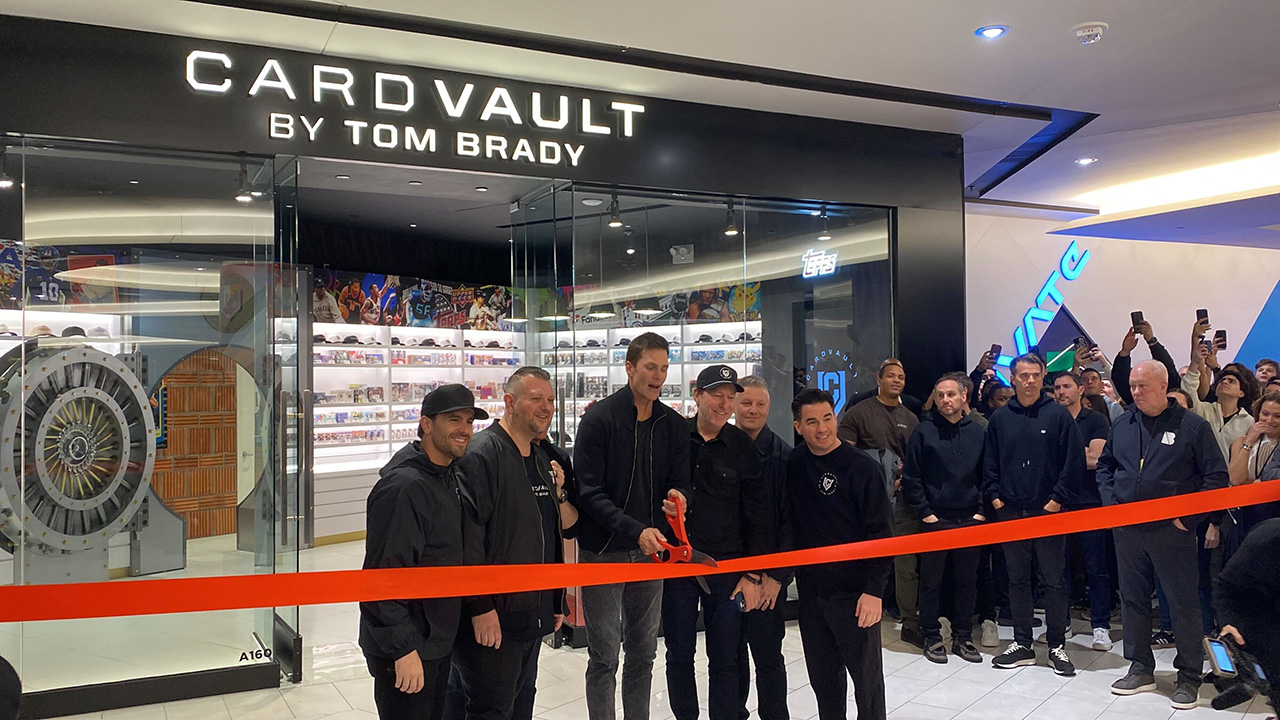10 Lessons from 10 years of innovation and engineering at Picnic
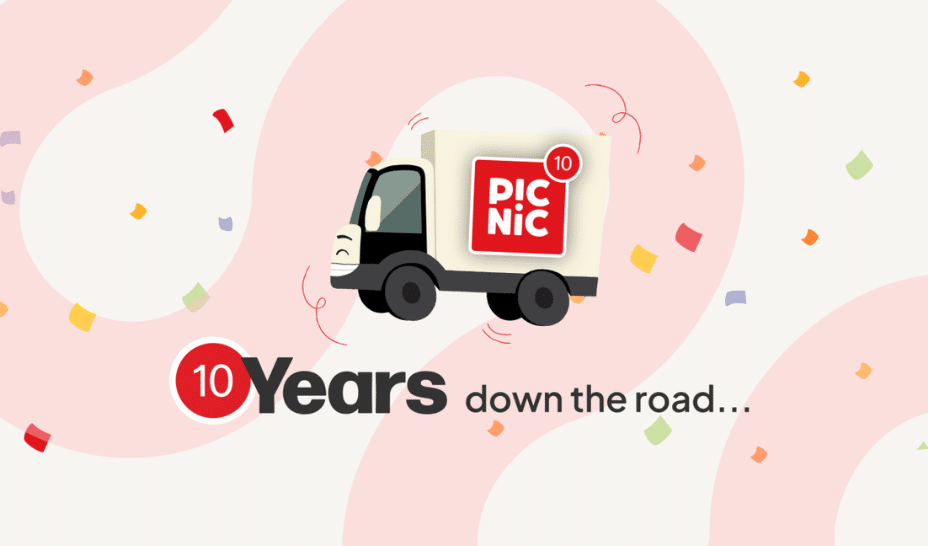
A decade ago, Picnic set out to reinvent grocery shopping with a tech-first, customer-centric approach. What began as a bold experiment quickly grew into a high-scale operation, powered by continuous innovation and a willingness to challenge conventions.
Along the way, we’ve learnt invaluable lessons about scaling technology, fostering culture, and driving innovation. Some were expected, others were hard-earned, and a few completely reshaped our thinking.
Here are 10 key lessons we’ve learnt—along with how the industry is tackling similar challenges.
1. Building a culture of innovation
Early on, we identified that culture and organisation are key enablers for innovation. Hence, we emphasised autonomy by forming small teams that take end-to-end ownership. We were inspired by Amazon’s two-pizza teams, where small, self-sufficient teams are encouraged to innovate without bureaucracy.
However, we took it a step further and built an “Everybody is an Innovator” culture and combined it with our existing “Everybody is an Engineer” culture. Business operators outside of the tech organisation can now actively contribute to the feature design, specification, development and configuration. For instance, we developed frameworks like Define, Extract, Transform, Present (DETP), where analysts can use SQL to build personalised recommendations without the involvement of engineering teams. Furthermore, we developed the Picnic Page Platform that allows business operators and analysts to ship app features independently from the software development cycle.
The key metrics we optimise for are the idea-to-impact lead time and the time share of innovating and building vs maintaining and operating. We haven’t reached our goal yet, but we are on a good path towards everybody spending at least 80% of their time on innovation and development.
2. Developer experience as a growth catalyst
In the early days, developer experience was a shared responsibility across the entire tech team. However, shared responsibility led over time to declining accountability, unclear ownership, and inefficiency in decision-making. Additionally, while we grew as an organisation, expectations rose and complexity increased. Thus, we rethought our approach and made Developer Experience a first-class citizen.
To address this, we developed a suite of tools and processes and formed a culture that empowers developers to work efficiently, creatively, and happily. For instance, we built self-service tools for all our engineers that allow them to handle tasks like environment setup, database management, or feature deployment effectively.
Next, we embraced a feedback-driven culture, gathering regular input from developers to identify pain points in their workflows and proactively address them. One key insight from these retrospectives was that slow build times were a major blocker, so we optimised our platform environment, reducing build times from 13 minutes to just 1 minute.
Beyond that, we track DevEx metrics like developer satisfaction, cycle times, and deployment frequency to measure the impact of DevEx initiatives and celebrate milestones to reinforce the importance of DevEx.
Similar initiatives have been undertaken by other large tech organisations, e.g. Google’s Bazel build tool that ensures high-efficiency builds and testing at scale, Netflix’s Paved Road Philosophy, Meta’s Glean, and Stripe’s Developer-First Culture and Operating Principles. Going forward, we will monitor closely how AI-assisted coding tools reshape the developer experience and bring us closer to the ultimate engineering experience with high-quality code suggestions, real-time issue resolutions, and automated code refactoring.
3. The power of platforms
In the first few years, we focused on building core functionality to cover a baseline of features across our products. However, by 2020, we began noticing commonalities between products and duplication within them. This led us to factor out these redundancies, define reusable patterns, and package them into the Page Platform and Picnic Support Modules.
This platform approach promotes consistency, reduces code duplication, simplifies maintenance, and lowers complexity, ultimately improving the overall quality of our codebase. Additionally, we integrated tools like Error Prone (which we also open-sourced) to catch programming mistakes early.
Beyond improving code quality, these support modules play a crucial role in major framework migrations, such as our transition to Spring 5 (by now we are using even Spring 6), ensuring smooth upgrades and long-term compatibility. By providing a solid foundation, these modules accelerate development, enforce best practices, and maintain a unified tech stack.
Additionally, our platform teams have been instrumental in standardising provisioning and deployments through Terraform, Helm and Spacelift, and accelerating our transition towards CI/CD through Spinnaker, Argo CD and TeamCity.
Looking beyond Picnic, similar platform approaches have driven efficiency at Facebook (React) and Stripe (Payments), offering powerful abstractions for complex flows and simplified integrations at scale.
But this is just the beginning. Platform thinking at Picnic will continue evolving, with advanced ML functionality not only powering the platform but also becoming a core building block for the next generation of our technology.
4. Scaling infrastructure for innovation
Infrastructure is a key enabler and accelerator of innovation, driving developer autonomy, automation, and scalability. By applying Infrastructure as Code and Continuous Integration across our stack, we automate and standardise service configuration, ensuring fast, reliable, secure, and cost-efficient deployments while maintaining agility.
Integrating continuous integration into infrastructure management has simplified the provisioning and modification of resources, reducing manual effort and increasing efficiency. To take this a step further, we are now decentralising infrastructure ownership across product teams using Spacelift. This enables developers to independently manage infrastructure needs while ensuring compliance with organisational standards.
This combination of IaC, automation, and developer empowerment allows us to scale infrastructure seamlessly, fostering continuous innovation and operational flexibility, as demonstrated during the COVID-19 pandemic. Similar strategies have been adopted by Netflix, which has gone even further with chaos engineering practices to stress-test resilience.
Looking ahead, we aim to further enhance our infrastructure by working towards predictive infrastructure management, proactively anticipating and dynamically allocating resources to improve performance and efficiency.
5. Data-driven decision making
Data is for us the strategic asset to innovate, decide and operate. In the early days, data was the foundation to support basic operations and learn how to achieve operational excellence. Over time, data became the driver for strategic decision-making and innovation.
Hence, we built a lakeless Data Warehouse integrating data from over 300+ microservices and running thousands of ETL/ELT jobs and ingesting millions of events daily for efficient analysis. This enabled us not only to analyse data, build reports, and get insights, but also to unlock our journey to build powerful machine learning products, without spending weeks on data cleaning. For instance, we built a suite of demand forecasting tools leveraging Temporal Fusion Transformers (TFTS), a suite of customer service agent support tools to enable service excellence, efficient route planning, smart shopping lists, and so much more.
All of that is only possible by leveraging our own ML Data Platform that enables not only ML engineers but everybody in Picnic to build, train and deploy models in production. Effective learning requires feedback and experimentation, so we built a scalable experimentation framework to run many A/B tests concurrently to learn what works and what doesn’t. By combining democratised access to data with scalable ML infrastructure and a data-first approach to software development, we built a strong and sustainable culture of organisational data-driven learning.
Similar examples in the industry include Netflix’s use of data analytics, enabling data-driven content creation and personalised recommendations, and Uber’s analysis of trip data, demonstrating how to optimise both customer experience and operational efficiency.
Going forward, we will see many more AI-native product features (e.g. advanced guidance and automation of key flows) and AI-native business units (running business operations that natively depend on AI technology).
6. People-centric tech
Our people approach is deeply rooted in our conviction that “Tech is a people business.” This means that we prioritise talent development, collaboration, and continuous learning over rigid structures and traditional hierarchies. Engineers are encouraged to grow, connect, and contribute from day one, creating an environment where innovation is driven by a shared mission rather than top-down directives.
We strive to hire high-calibre talent (who doesn’t? ;)) but additionally, we also look carefully into alignment with our vision. Hence, we prioritise cultural fit over just experience and have a strong bias towards missionaries instead of mercenaries. Learning and growth are a continuous process; for that, we have built the Tech Academy that provides tailored training for every experience level. Our onboarding is designed as a transformative journey rather than just getting started on the job.
Not only do we nurture engineering skills, but we also provide extensive leadership training. We have put extensive thought into the right approach. Our formula: leadership enables rather than controls. Leaders act as mentors, coaches and enablers, rather than micromanagers. They foster bottom-up innovation, where ideas can emerge from any level, and cultivate a transparent, trust-based culture that ensures employees feel valued. It’s the reason why many of our tech leads are engineers who’ve naturally grown into this role!
At the same time, we prioritise well-being initiatives that support a healthy and balanced work environment, recognising that sustained performance stems from both professional growth and personal well-being.
Our approach combines insights from leading companies: Valve’s flat org structure, allowing employees to choose projects and form teams organically; Canva’s focus on purpose over perks, aligning work with employees’ values; and NVIDIA’s culture of intellectual honesty, promoting continuous learning and transparency.
Going forward, we will work towards a highly adaptive organisational structure with fluid teams that continuously (re-)align with strategic goals, business objectives, and tech priorities.
7. Continuous improvement through feedback
Feedback is the ultimate superpower for learning and growth. From day one, we embedded this philosophy into our product and tech culture, ensuring that feedback drives innovation, quality, and continuous improvement.
On the product side, customer feedback plays a central role. We actively gather insights through in-depth interviews, app reviews, customer service retrospectives, and social media interactions, addressing both explicitly expressed and inferred needs.
Internally, we foster a blameless incident management culture, where accountability is encouraged without fear. This approach turns failures into opportunities for process refinement and systematic improvements. However, what makes our approach truly special is the close relationship between our tech teams and their internal customers. Engineers, analysts, and business teams work hand in hand, ensuring direct and immediate feedback, which creates an unparalleled sense of ownership and alignment.
In software engineering, we rely on structured feedback loops, including peer code reviews and tools like Error Prone, to maintain code quality. Beyond formal processes, we encourage team learning and knowledge sharing through Lunch & Learn sessions and our Tech Safari programme, which gives new joiners a 360° view of business and tech. Their growth continues through our Tech Academy, offering structured learning paths tailored to each experience level.
We love speed, but even more, we value feedback-driven decision-making. Hence, we foster a culture in which developers and business work together to achieve speed not by cutting corners, but by delivering high-quality MVPS and using future-proof architecture.
Looking ahead, feedback loops will become even more autonomous and predictive. AI will monitor user interactions, detect inefficiencies, and dynamically optimise products in real time, blurring the line between iteration and innovation.
8. Balancing agility and stability
Over time, we evolved from a fast-moving startup (don’t judge, but yes, there was even a time when we ran our development process without PR reviews ;)) to an effective scale-up where we found a new sweet spot between agility and stability to reliably serve our more than 1 million customers. The early years were characterised by a simple development process, lightweight infrastructure, and high autonomy with ultra-short decision lines (in other words: exciting, but also chaotic and unsustainable). Retrospectively, there is a temptation to romanticise this time (pure innovation, endless startup energy, David vs Goliath narrative, false memory of total freedom), but in reality, it is a phase that can’t – and shouldn’t – be maintained. Instead, it should be considered a stepping stone towards the scaling and maturity phase.
This is the phase we are now in, with formalised development processes, effective governance models for data and infrastructure, and platforms that enable and empower rapid development of next-generation ideas. Our main learnings are that agility must be structured to scale, culture evolves (and that’s OK!), technical debt can’t be ignored, hiring shifts from generalists to specialists, autonomy needs guardrails, and scaling a team also requires scaling the leadership. The best companies never lose their ability to move fast—they just get better at scaling responsibly.
A key realisation in this journey has been the importance of “shift left” thinking—embedding quality, security, and reliability earlier in the development process rather than addressing them reactively. By frontloading critical checks and automating governance, we’ve significantly reduced friction down the line, allowing us to maintain speed without sacrificing stability. Similarly, we’ve embraced the principle of “slow down to speed up”, recognising that investing time in structured foundations—be it well-designed architecture, robust CI/CD, or clear decision-making frameworks—pays off in execution speed and long-term agility.
Great examples from other tech companies include Spotify’s model of autonomous squads to foster innovation and agility, Facebook‘s evolution from “Move fast and break things” to “Move fast with stable infrastructure”, and Netflix’s migration towards microservices. Going forward, we will move from simply balancing agility and stability to scaling innovation intelligently, ensuring that autonomy, efficiency, and impact grow in tandem. Another interesting direction is Autonomous Innovation Networks, where fluid, mission-driven teams dynamically form around high-impact problems, ensuring agility and engagement.
9. Embracing AI-driven automation
Everybody in tech loves automation, but the reality is that automation is the final step in a long journey. Our journey began by building a strong Master Data Foundation, which laid the groundwork for our first generation of systems. These systems followed simple rule-based decision logic, either as hard-coded Java business logic or decision tree logic encoded in configuration. While this approach worked well for the first few thousand customers, we quickly realised it wouldn’t scale effectively.
The missing piece was a real-time performance feedback loop that could analyse system performance, identify improvement opportunities, and trigger changes in real time. To address this, we built a near real-time Data Vault alongside our Lakeless Data Warehouse to provide a unified, fine-grained view of business performance across all systems. Additionally, we ensured that all systems had API endpoints to configure and control their logic, allowing us to develop tools that continuously monitor and improve performance.
For example, we now have edge tools that optimise inbound, fulfilment, and last-mile operations—from dynamically slotting products in warehouses to demand forecasting and route planning. The first generation of these tools was built using Google Scripts, enabling ultra-fast development but also leading to a shadow IT ecosystem that was difficult to maintain.
To solve this, we built a Platform for Edge Systems, where this logic could be implemented in Python, the lingua franca of all analysts at Picnic. This shift allows not only tech teams but everyone at Picnic to contribute actively to the system landscape.
The latest evolution in our automation journey is the transition from rule-based business logic to AI-based decision logic. Our goal is to move every data-driven decision into ML models while keeping all remaining rule-based logic in Java, Python, or TypeScript. For example, in route planning, the stop time calculation is AI-based, whereas the shortest path calculation uses a heuristic algorithm in Java.
In summary, automation isn’t just about robots—it’s about intelligent, data-driven decision-making. The key to success is scalability, enabling a self-learning, real-time adaptive ecosystem.
10. Prioritising long-term vision
We have built both our business and technology with a built-to-last mindset, aligning strategy with culture and operational decision-making with sustainable long-term goals.
From the start, we embraced data-first thinking, customer-centric reasoning, and scalable infrastructure tailored for agility. This approach allows us to connect short-term needs with long-term vision, ensuring that our solutions remain adaptable as we grow.
On the tech side, we focused on modular and scalable architecture, developer autonomy, and close collaboration between tech and business teams. This ensures that our products not only meet today’s requirements but can also be extended and modified with ease.
One of our core principles is to optimise not for the fastest build to the first release but for the most effective path to the 100th iteration. We know that true excellence comes from continuous improvement, so we optimise for long-term outcomes rather than short-term speed.
Of course, our journey hasn’t been without challenges. We had to learn the hard way that over-indexing on speed leads to significant technical debt, scaling without clear business priorities leads to expensive overgeneralisation, and rapid hiring while ignoring culture leads to misalignment and requires painful correction.
Looking ahead, we are exploring promising approaches such as AI-driven operational efficiency (e.g., predictive scaling and AI for engineering), hyper-personalised talent retention and culture scaling, and further decentralisation, where engineers collaborate with AI agents as the norm.
That said, we are fully aware that AI is not a silver bullet. It comes with limitations, risks, and ethical challenges. Not every breakthrough needs to be AI-driven—there are many other paths to innovation, and we believe AI should be used where it adds truly distinct value.
The lessons learnt over the past decade are not just milestones—they’re the foundation for what comes next. And one thing is clear: the journey was, is, and will never be linear. From embracing uncertainty to scaling with agility, the past ten years have reinforced our strong belief that customer obsession, relentless innovation, and adaptive leadership are key to long-term success. As we look ahead, the next wave of grocery tech innovation will demand even greater speed, resilience, and collaboration, reminding us that the greatest breakthroughs are still to come.
The post 10 Lessons from 10 years of innovation and engineering at Picnic appeared first on EU-Startups.
What's Your Reaction?
 Like
0
Like
0
 Dislike
0
Dislike
0
 Love
0
Love
0
 Funny
0
Funny
0
 Angry
0
Angry
0
 Sad
0
Sad
0
 Wow
0
Wow
0






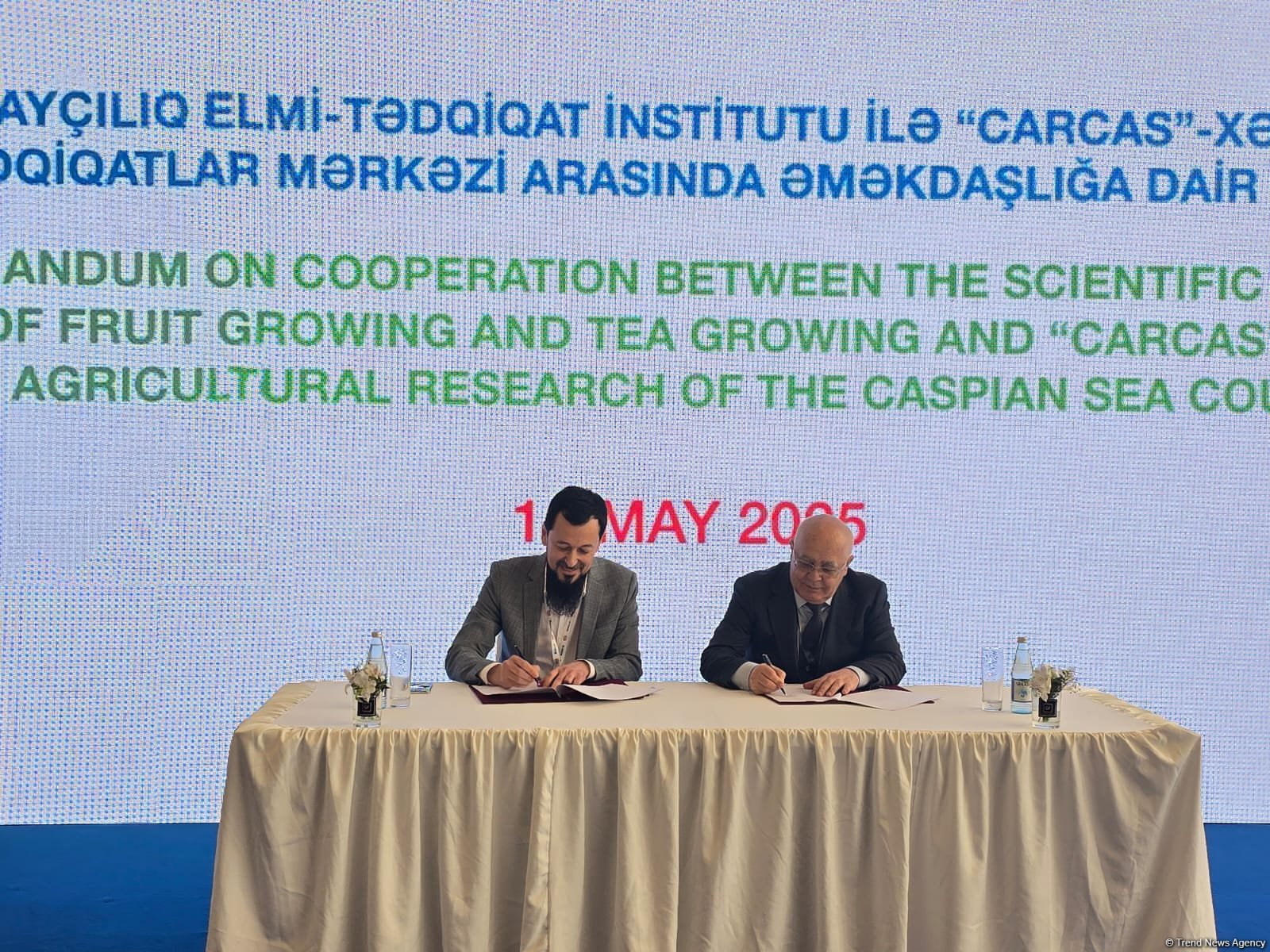


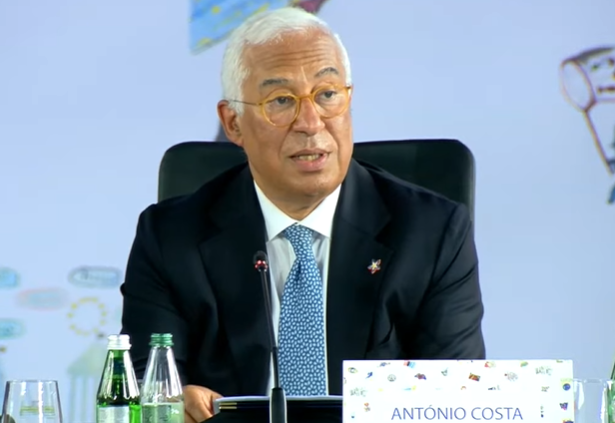


















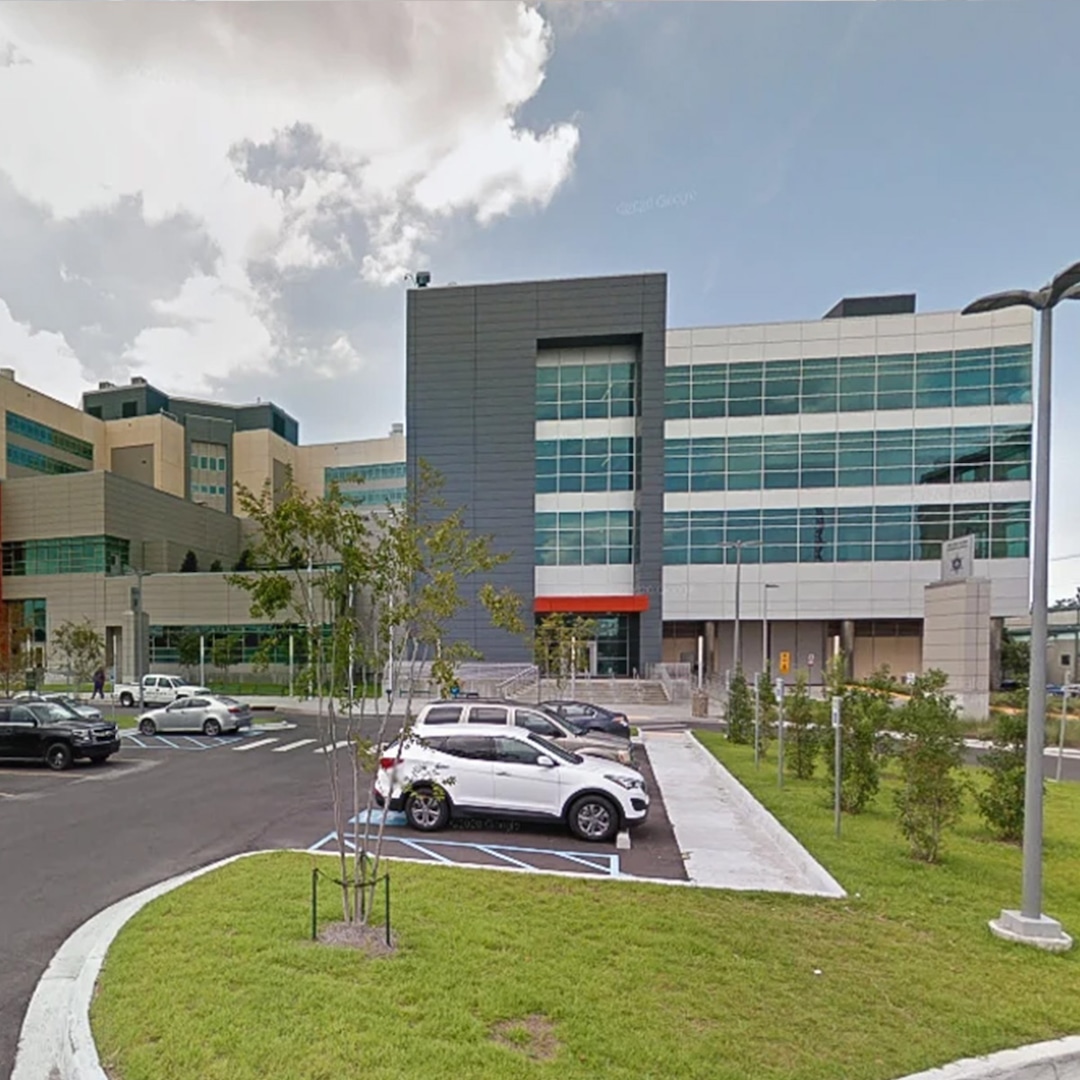
























.png?Expires=1838763821&Key-Pair-Id=K2ZIVPTIP2VGHC&Signature=IO0~CT3pU-TcxGc~yoZSmoQx23MZVuK-~4jSii~NKEblRmyO3el7NXPu~Rh1o23voASg7hlcHLw4kvQuDK1jssEhcjoNBBvEpZ~GGOAU6yosBhpHpeF179F~h7i6VxmsBNh9gtTutkoqY73O2YCFey~IAqSzKbBqETP1kP9cAg1916Z1YkJJs-5MliMrkZ5d7-mWGLbpHp2wGj2VlMph8XzYlL4~y1O7fB~JdIS~Rs4RMRs2x0WT1qUIpHAsf3GdwtOyAmKFSpIg8xCyNGZZ5h~13nXlmpd7uPvW8tBfttpG9pFTqcway-uch5WyfHOEfi7UlJCOWrr6fCYY5PMgSg__)





